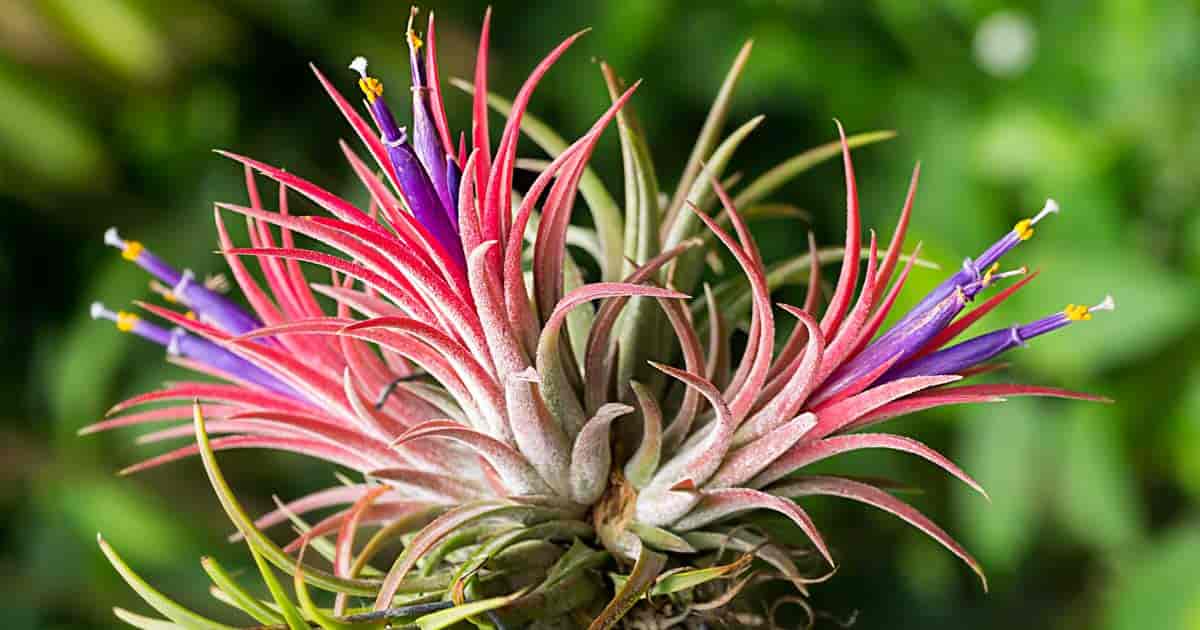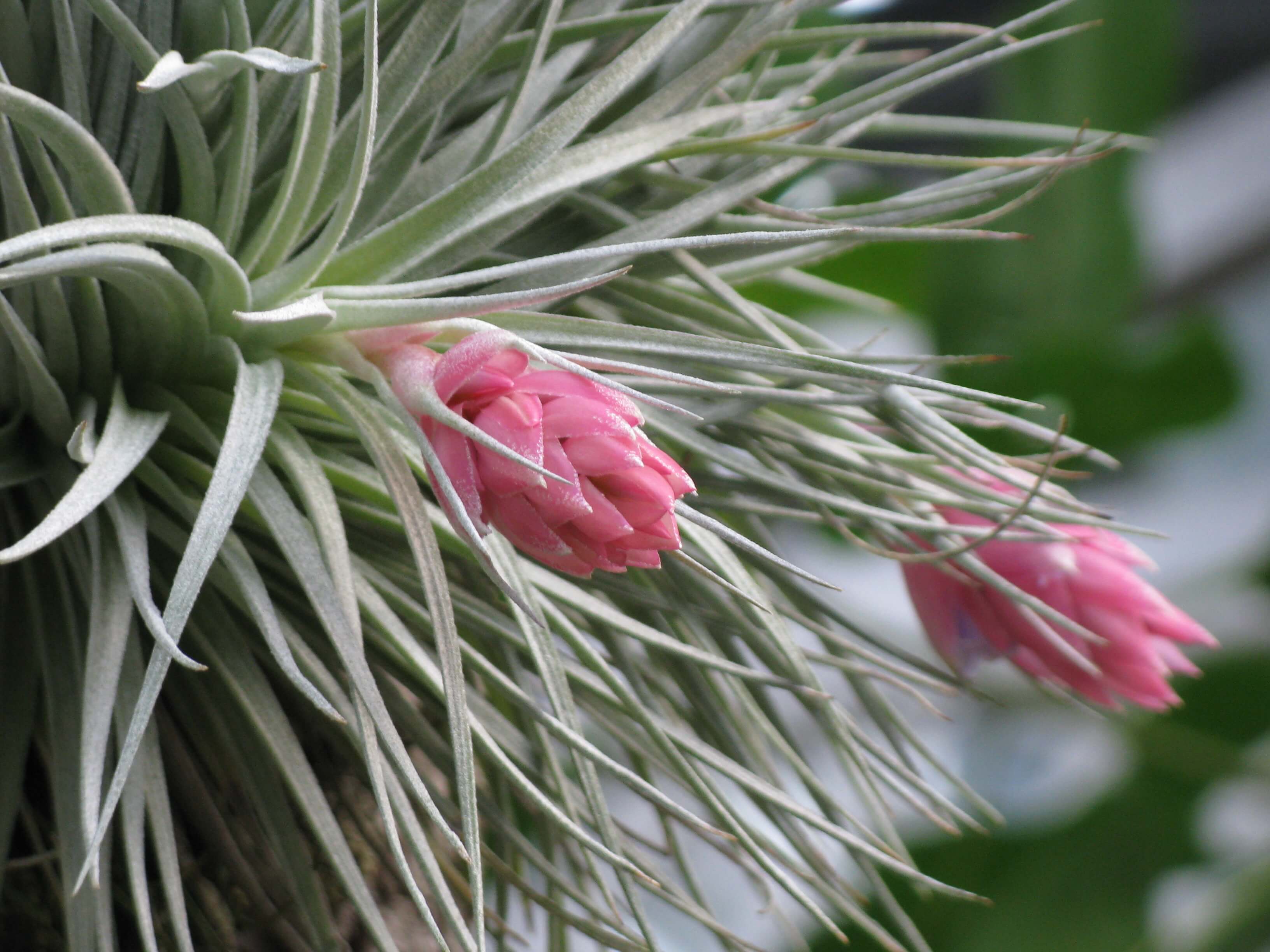Air Plants (Tillandsia): Lessons Learned and Loving Care from My Journey

Air plants, or Tillandsias, are like the friendly houseplants of the plant world—they don’t demand a lot but thrive beautifully when you get their unique needs just right. I remember when I first brought home a few Tillandsias back in 2017; they looked like little alien sculptures perched on my windowsill. I was both fascinated and nervous about keeping them alive. Spoiler: once I understood their quirks, they became some of my most rewarding green companions.

Let’s take a calm, clear walk through everything you need to know—from what makes these plants so special to practical care tips that anyone can master. By the end, you’ll feel ready to nurture your own air plant garden with confidence and joy!
What’s So Special About Air Plants? The Basics You Can Count On
First off, air plants break all the soil-and-water rules we usually learn from traditional houseplants. Imagine a tiny team of nature’s survivors who hang out on tree branches, rocks, or even power lines—no dirt needed! Their secret weapon? Tiny hair-like structures called trichomes on their leaves that suck moisture and nutrients straight out of the air.
These remarkable adaptations mean your Tillandsia roots aren’t for feeding but simply act as anchors so they can cling tightly without soil. They naturally live in diverse climates from misty rainforests in Guatemala to dryer deserts in Mexico—which explains why they balance moisture with airflow so carefully.
Here’s what this means for you:
- No soil-related fuss: No muddy messes or root rot nightmares.
- They breathe through leaves: Regular exposure to water vapor is key.
- Light style: Like sitting under a forest canopy—not full sun, but bright enough.
- Air is life: Stagnant airflow dries them out or harms leaf function.
Their quirky shapes and minimal footprint make them perfect for creative displays—think wall art made of living greenery or bedside companions requiring zero floor space!
Starting Your Air Plant Journey: Simple Steps That Really Work
When I started growing Tillandsia ionantha—a favorite beginner-friendly species—I quickly learned one-size-fits-all advice doesn’t cut it. Here’s a realistic roadmap that saved me from overwatering stress and sad-looking leaves:
Step 1 — Pick Your Star Plant Wisely
- Tillandsia ionantha: Compact, colorful at bloom time—perfect if you want an easy start!
- Tillandsia xerographica: Larger and majestic-looking but needs less frequent watering.
- Tillandsia bulbosa: Curvy leaves loving gentle humidity.
Starting with ionantha helped me see quick progress and understand watering rhythm better before tackling larger varieties.
Step 2 — Location Is Everything
A bright spot near an east-facing window where morning light filters softly created ideal conditions. My plants thrived away from harsh afternoon sun which could scorch their delicate leaves—almost like a gentle dappled glow instead of direct heat waves.
Step 3 — Watering Done Right: Misting vs Soaking
This is where many beginners hesitate, including myself at first! Instead of obsessively misting daily (which can be hit-or-miss), giving your air plants a proper soak once weekly for about 20–30 minutes worked wonders for me. After soaking, shaking off excess water was critical—I learned from experience that water trapped inside leaves invites rot quickly.
In winter when my apartment heating dried the air more than usual, adding light daily mists coupled with weekly soaks kept every leaf plump and happy.
A quick tip: If you ever notice curling tips or dull browning edges (like mine did during my first dry winter), increase water soak time slightly or add extra misting sessions—but always keep airflow flowing!
Step 4 — Feeding Your Plant Monthly
I use a bromeliad-specific fertilizer diluted to about one-quarter strength once a month during watering cycles. It helps encourage lush growth and those gorgeous blooms that totally make it feel worth the effort.
Overcoming Common Roadblocks With Confidence
Every green thumb has faced challenges—and air plants are no different! Early stumbles taught me valuable lessons I want you to have upfront:
| Problem | What Happens | How To Fix |
|---|---|---|
| Underwatering | Leaves curl; shriveled look | Increase watering frequency; soak weekly |
| Too much moisture | Black base; mushy leaves | Shake off water after soaking; improve airflow |
| Direct sunlight | Brown scorch marks | Move plant to filtered light |
| Poor circulation | Mold formation | Position near open windows/fans |
| Using hard tap water | Mineral buildup/tip burn | Switch to rainwater/distilled |
A surprising lesson? Seasonal changes matter! During dry winters when heaters run nonstop indoors, your watering plan might need tweaking—and that’s perfectly normal.

Next-Level Care Tips To Watch Your Air Plants Flourish
Once basics become second nature, trying these strategies helped take my collection from “just surviving” to vibrant:
- Pair plants near humidifiers during dry months or group several together—the natural microclimate keeps humidity steady.
- For low natural light spaces like apartments in dense cities: add full-spectrum LED grow lights about 12 inches above them running roughly 12 hours daily mimicking day/night cycles.
- Adapt watering seasonally—slow down soaking frequency in cooler months but keep misting if air feels dry.
And when pups start appearing around your mother plant after blooming—getting comfortable separating offsets gently without damage is super satisfying!
Essential Tools That Keep Your Care Routine Smooth
No fancy gear required here! The following kept things simple yet effective:
- A reliable spray bottle for quick mists
- A small hygrometer/thermometer combo helped me track indoor environment shifts accurately
- Balanced bromeliad/orchid fertilizer available online or garden centers
- Soft brush helps remove dust without stressing delicate leaves
If you gradually build up more advanced setups like aquarium misters later—great—but only if your collection grows substantially!
Real Stories That Inspire Every Grower
Hearing real examples made such a difference when I doubted myself:
- Julia, NYC dweller: Limited natural sunlight led her to experiment with LED strips above her xerographicas plus regular soaking—the results were healthier colors and indoor blooms within half a year!
- Carlos near tropical forests faced mold issues until he introduced ceiling fans improving airflow dramatically while maintaining hydration through controlled misting schedules.
- Anna crafted stunning driftwood-mounted wall gardens using ionantha offsets; periodic fertilizing gave life to vibrant clusters doubling as living art pieces.
Each story reminds me we all learn by adapting—not perfect right away but steadily improving our green friends’ conditions.
Your Personalized Air Plant Growth Plan
Ready to bring an air plant buddy home? Here’s how to build momentum confidently:
- Start small with T. ionantha—a forgiving species well-suited for beginners
- Place it where sunlight is bright yet indirect; morning filtered sun fares best
- Build routine soaking habits once weekly complemented by occasional mists
- Fertilize monthly with bromeliad-safe solution diluted cautiously
- Observe weekly leaf condition adjusting hydration gently as needed
- Explore offset separation after flowering cycles arrives—feel free to ask community forums questions along the way!
- Experiment artistically mounting specimens while ensuring good airflow
- Take photos documenting growth—you’ll love seeing progress!
- Connect online with Tillandsia enthusiasts sharing tips/support
Keep Growing Your Knowledge And Collection Safely
After mastering basics, dive deeper into species diversity—hundreds of fascinating varieties await curious minds! If seed propagation intrigues you (it took patience waiting six months plus germination), specialist forums offer detailed guidance.
Above all, source ethically grown plants supporting sustainable practices—not wild-harvested trophies—to protect fragile ecosystems powering our beloved epiphytes globally.
Final thoughts?
You’ve now got an encouraging guide designed not just for surviving but truly enjoying your journey with tillandsias! Think of this as your trusty friend explaining every step clearly so there’s no guesswork—only delight watching these gorgeous airborne beauties thrive under your care.
Go ahead… pick up that first ionantha today—it’s easier than it looks and incredibly rewarding once you see those tiny orange flowers emerge after nurturing patiently!
Whenever doubts pop up or problems arise—that's normal—and this guide will be here waiting whenever you return wanting fresh insights or reassurance.
Happy growing adventure ahead! 🌿✨



